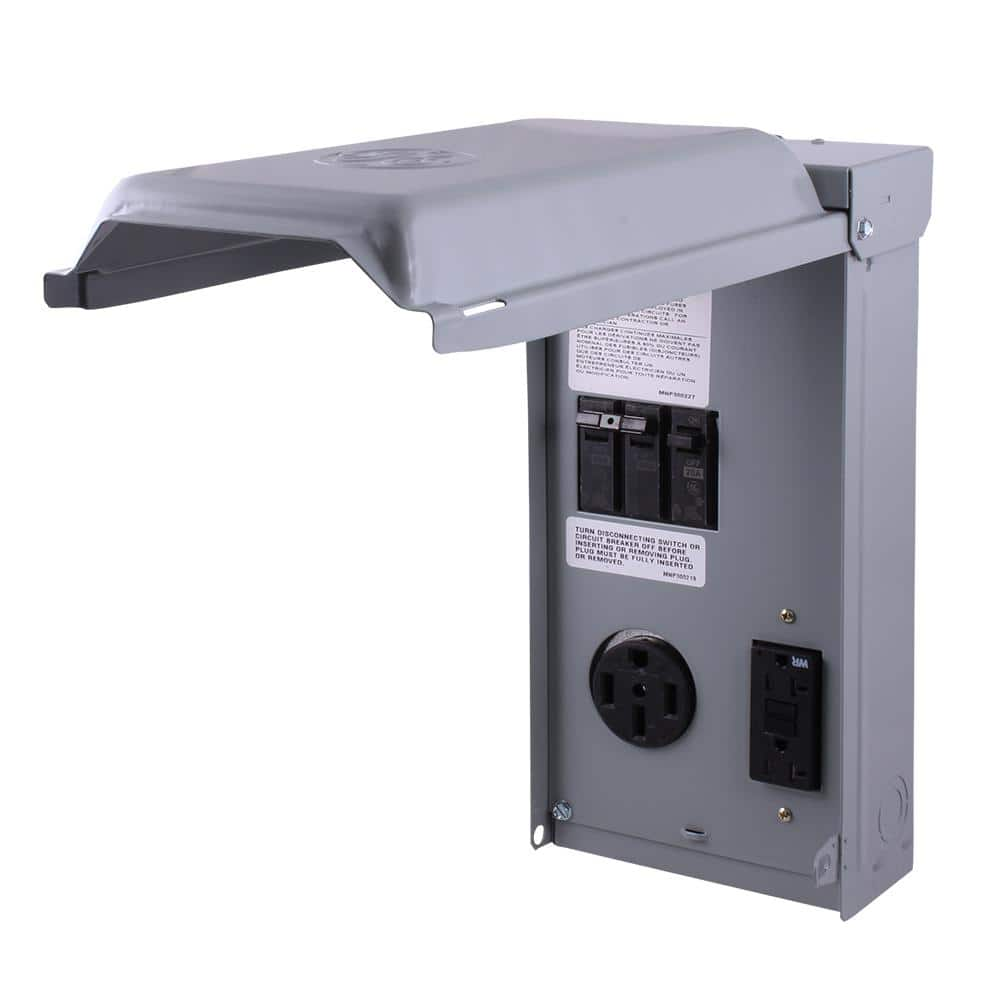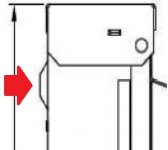parallon
Member
- Location
- New Mexico
- Occupation
- worker
Hello all. I am from New Mexico, USA. I just tried to get a final inspection for some electrical work done on a new steel building. I stuccoed the building and have 1-1/2" foam attached to the metal siding rather than MDF, with the stucco on top of that. Anyhow, I installed an 50A GE RV Panel directly to the metal siding before the stucco was installed, because I thought is might eliminate undue stress on the stucco when plugging and unplugging. Well, the inspector is stating that there needs to be space behind the box for circulation, in other words, it would need to be mounted on top of the stucco rather than imbedded within it. I contacted GE about the situation, and they informed me that unless the inspector can find anything in the NEC codes that specifies this requirement, they don't see why it can't be installed this way. Does anyone know what the correct answer is on this?
Here is the item in question: GE 50A RV Panel

I would appreciate any and all information.
Thanks,
Mike
Here is the item in question: GE 50A RV Panel

GE RV Panel with 50 Amp RV Receptacle and 20 Amp GFCI Receptacle GE1LU502SSP - The Home Depot
Enhance any traditional indoor setting with the addition of this excellent GE Unmetered RV Outlet Box with GCFI Circuit Protected Receptacles. Easy to install.
www.homedepot.com
I would appreciate any and all information.
Thanks,
Mike


